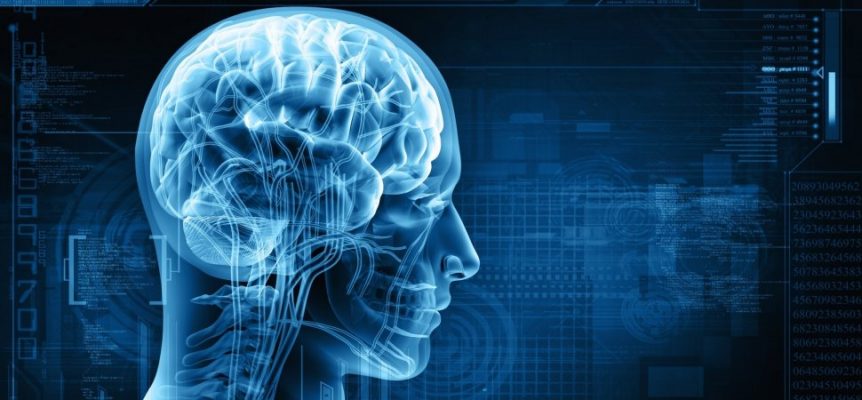Neuroscience has made many breakthroughs in understanding how the human brain works. We better understand behaviour, for example, and why we react to stimulus the way we do. We are also learning how, within the brain, complex connections are functioning: between molecules, neurons and synapses. But there is a gap between these two areas of research — between the big picture and the minuscule — and that is cognition. How do the interactions within, and between, elements of the brain result in complex thought and action? With the Assembly Calculus, scientists hope to find out.
A new study, led by Christos Papadimitriou, the Donovan Family Professor of Computer Science at Columbia Engineering, is trying to fill that gap. Their study will seek to understand the “intermediate level” — between the neural connections and cognitive processes, such as language.
“For me, understanding the brain has always been a computational problem, because if it isn’t, I don’t know where to start.”
Christos Papadimitriou
Brain architecture
Papadimitriou’s team have developed a brain architecture — a computational system, which they are calling the Assembly Calculus. It is based on neural assemblies. With it, they hope to illuminate the synaptic processing that has enabled us to develop language.
“We do not have a logic for the transformation of neural activity into thought and action.”
Richard Axel
Inspired by Columbia researcher and Nobel laureate Richard Axel, Papadimitriou is making comparisons between neural activity which results in language development, and computer programming functions which result in analytical development. Programming languages, such as Python, can manipulate numerical data to draw conclusions and create algorithms. Could it be that this process is similar to our brain manipulating neurons to generate cognition?
Programming language
By breaking down neural activity into simple steps — projection, association, pattern completion, reciprocal projection, and merge. They have mirrored a kind of computer programming language. The operations are assemblies — designed to function as the large populations of neurons that appear to be involved in cognitive processes such as imprinting memories, concepts, and words.
In the same way Python programs can be compiled to machine code and execute, the Assembly Calculus can, in principle, be translated down to the language of neurons and synapses. The researchers were able to show, both analytically as well as through simulations, that the system is plausibly realisable at the level of neurons and synapses.
“So, we have finally articulated our theory about the nature of the ‘logic’ sought by Axel, and its supporting evidence. Now comes the hard part, will neuroscientists take our theory seriously and try to find evidence that something like it takes place in the brain, or that it does not?”
Christos Papadimitriou
What comes next?
The team has secured a new three-year grant from the National Science Foundation. They are working with experimental neuropsychologists to carry out human experiments.
As well as better understanding of our own cognitive abilities, the results for AI development could be immense. We await their results with considerable interest!

